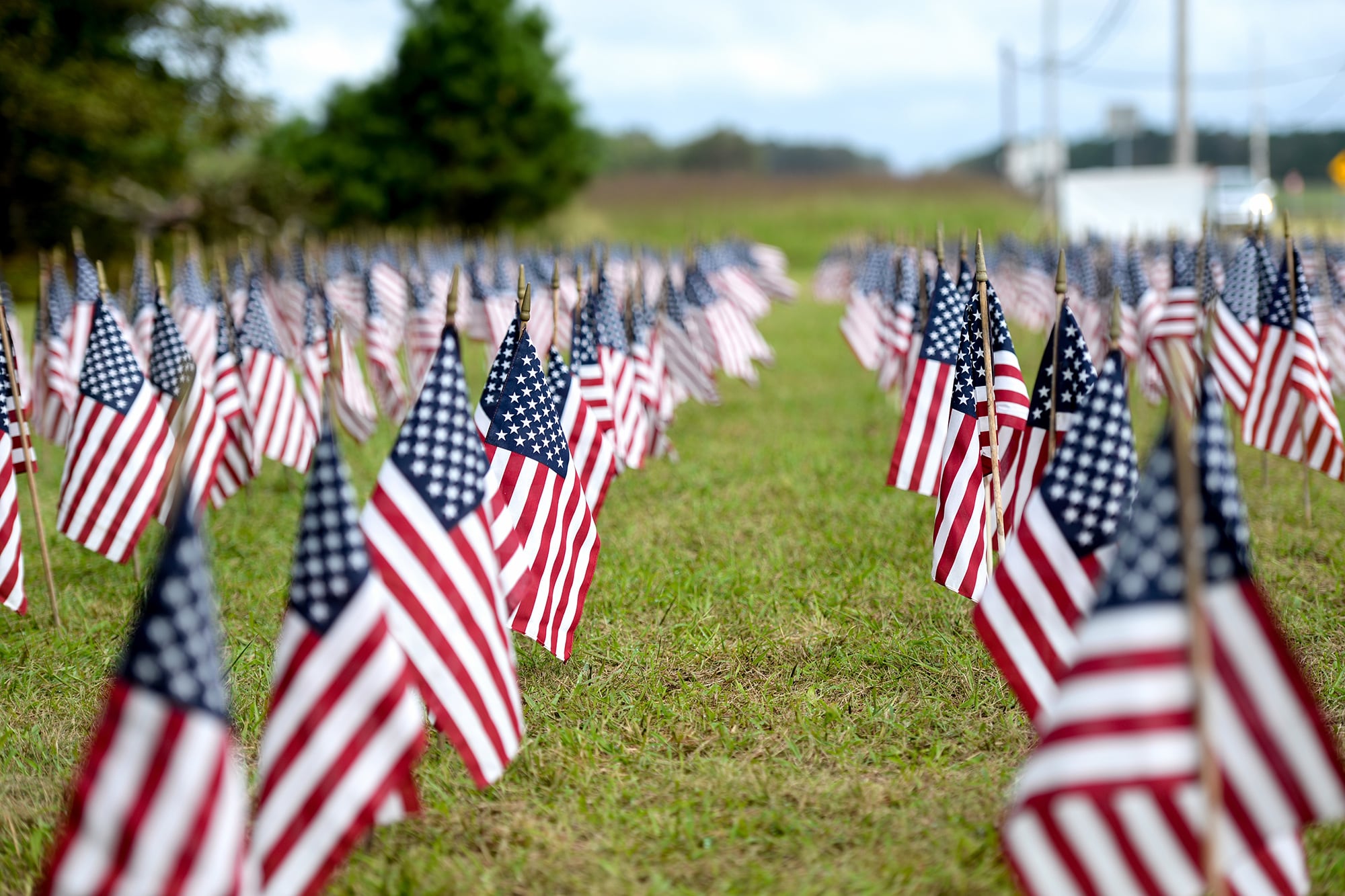Though research has found that most service members who die by suicide have never deployed to combat, that doesn’t show the whole picture. A recent military study found that some combat experiences, especially when coupled with PTSD or depression, are a risk factor in suicide attempts.
Combat in general didn’t translate to more attempts, the Naval Health Research Center found, but high-intensity situations like ambushes, or inadvertently killing a non-combatant, were more linked to suicidal ideation.
“This study suggests that deployed service members who experience high levels of combat or are exposed to certain types of combat experiences (involving unexpected events or those that challenge moral or ethical norms) may be at an increased risk of a suicide attempt, either directly or mediated through a mental disorder,” according to the report.
A decade of research and tracking of military suicides has created a stereotype of service members who die by suicide: young, male, white, typically on his first enlistment and with no deployments, going through some type of financial or relationship distress.
While that profile is statistically accurate, the NHRC study sought to drill down on combat experience, which is heavily linked with post-traumatic stress, though not the most common factor in suicide attempts.
The study looked at the mental health histories of nearly 58,000 Iraq and Afghanistan veterans, enrolled between 2001 and 2013, who completed a survey about their experiences every three to five years after enrollment.
Of those, the study found, 235 attempted suicide during the reporting period, while another 26 died by suicide.
While any experience with combat is generally associated with suicide attempts, according to the report, the researchers removed mental health history from the equation.
Essentially, they were looking to see if aspects of combat contributed directly to suicide attempts, without the additional factor of a behavioral health diagnosis.
“It has been well established that combat is associated with increased risk of post-deployment mental disorders and that mental disorders are associated with increased risk for suicidal behaviors, but only a limited number of studies have examined this indirect association,” according to the report.
RELATED

What they found is that killing a civilian, seeing human remains or being ambushed were the experiences most linked to a suicide attempt, whether the service member later sought behavioral health treatment or not.
“Although it is difficult to know why certain experiences have a stronger association with attempting suicide than other experiences, clinicians may want to consider factors, such as the sudden, unexpected nature of certain events and feelings of helplessness or loss of control (e.g., being attacked or ambushed; seeing dead bodies or human remains), compared with more active engagements, such as clearing or searching homes or buildings,” the report found. “Repetitive exposure to death over time may also be associated with an acquired capability for suicide.”
Researchers recommended that those treating troops for depression, anxiety or PTSD ask patients for specifics about their combat experience, looking for particularly dangerous triggers, like having killed a civilian, especially when coupled with a depression diagnosis.
And, having reconfirmed that combat experience can indirectly lead to suicide when PTSD is present, “these findings emphasize the continued importance of identification and treatment of PTSD and comorbid PTSD and depression,” they said.
Meghann Myers is the Pentagon bureau chief at Military Times. She covers operations, policy, personnel, leadership and other issues affecting service members.




